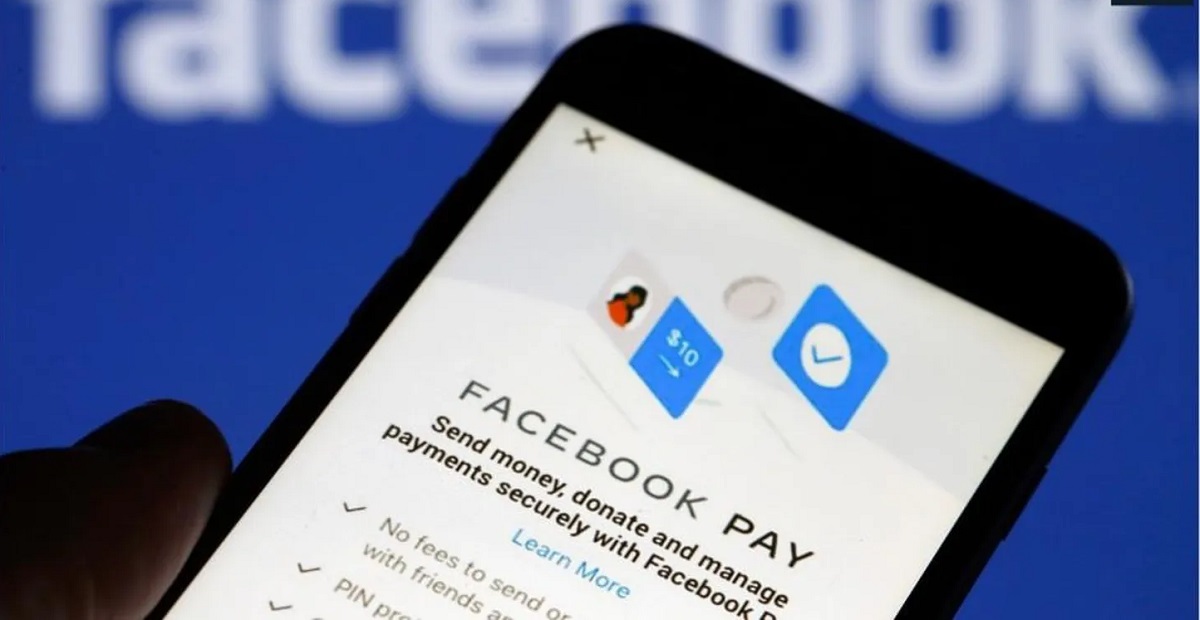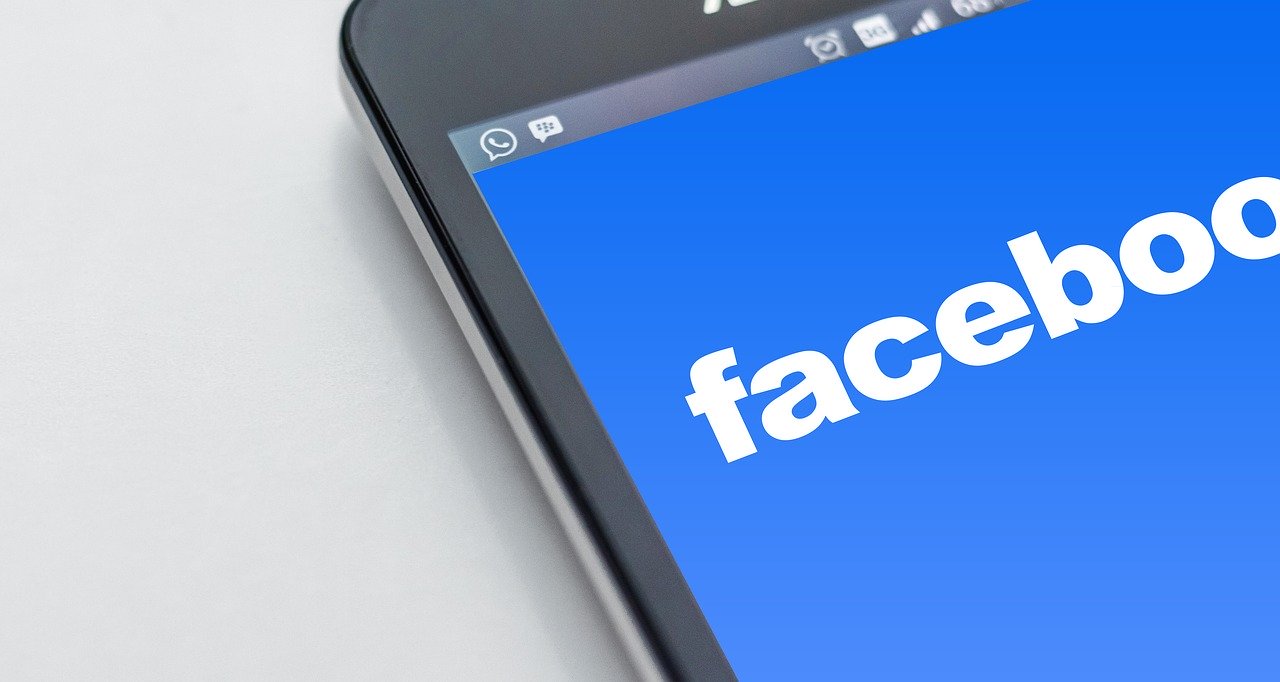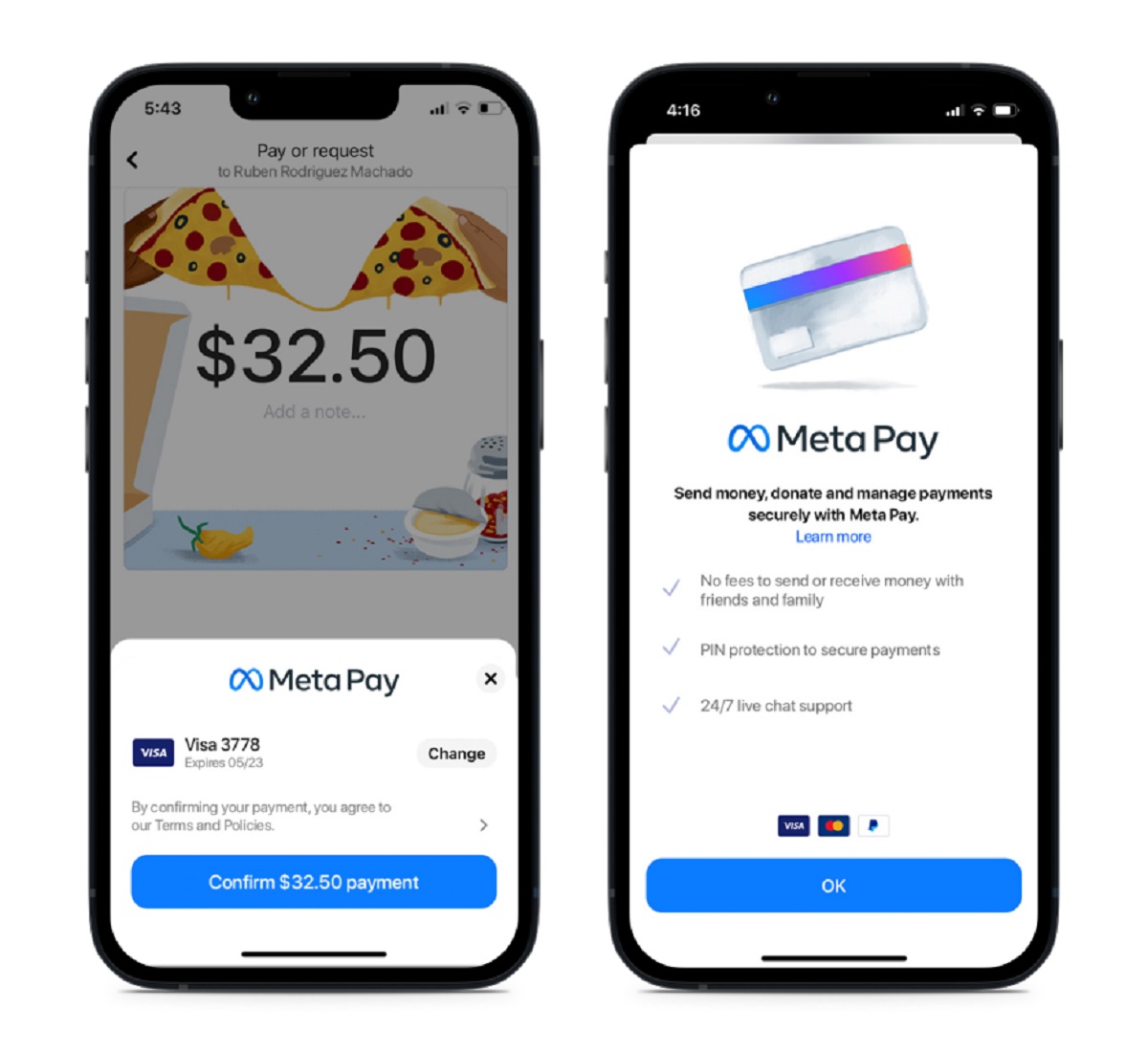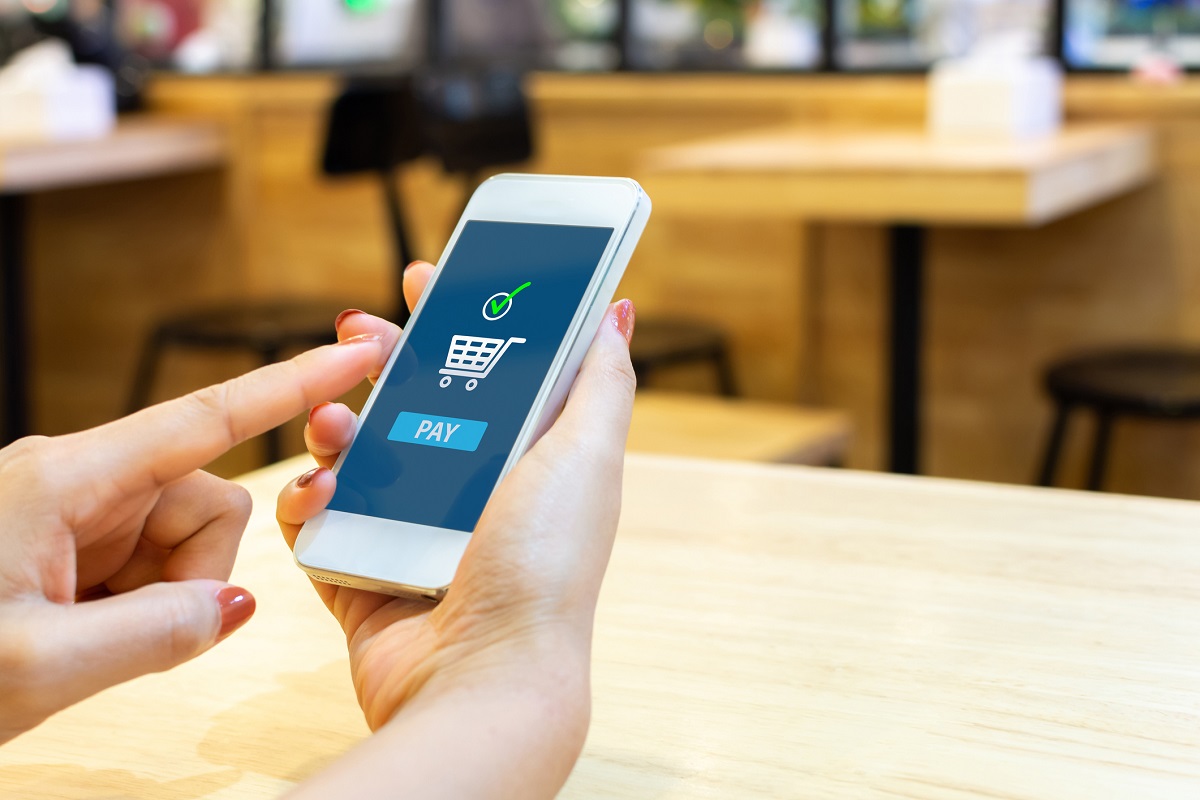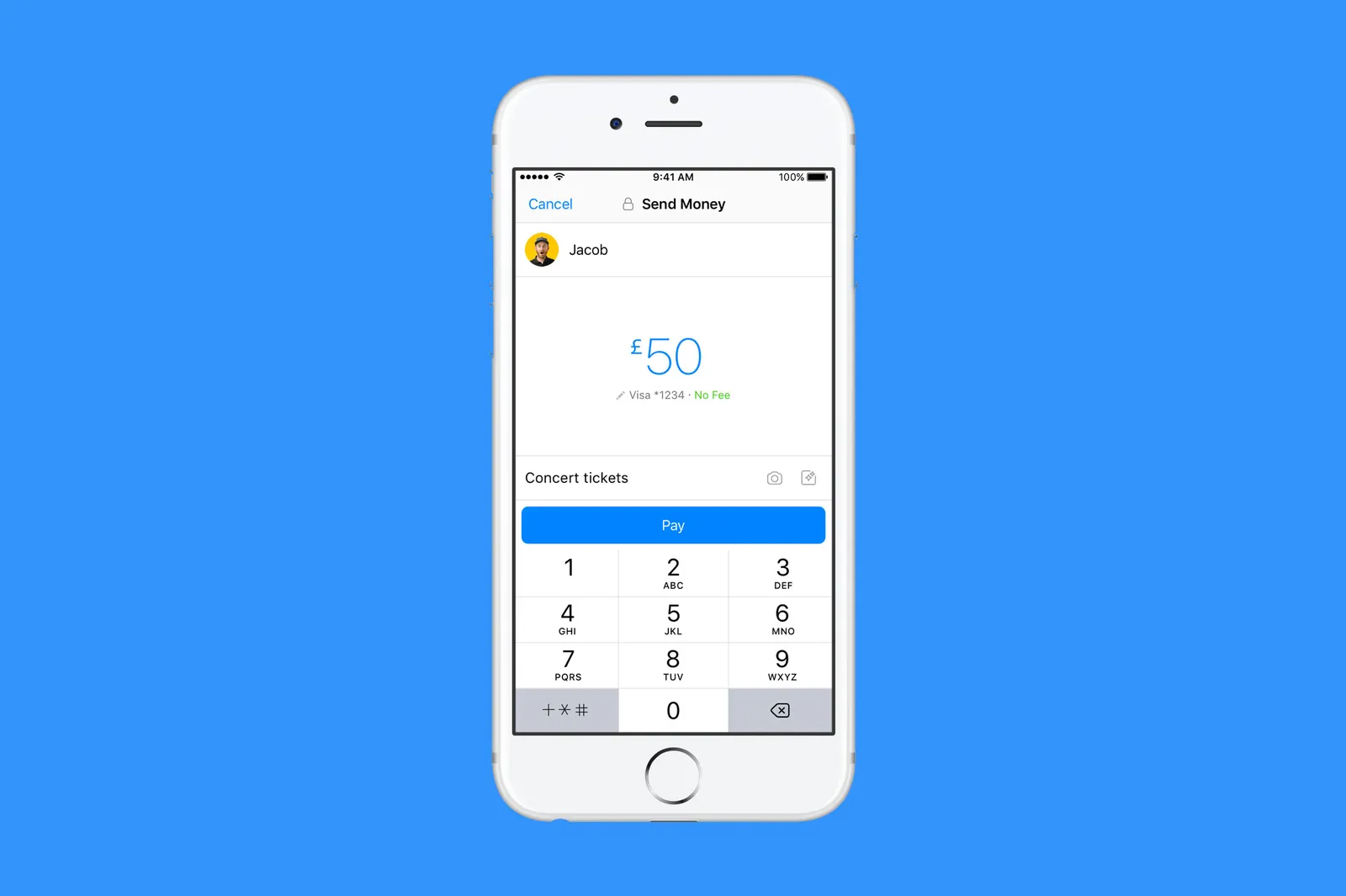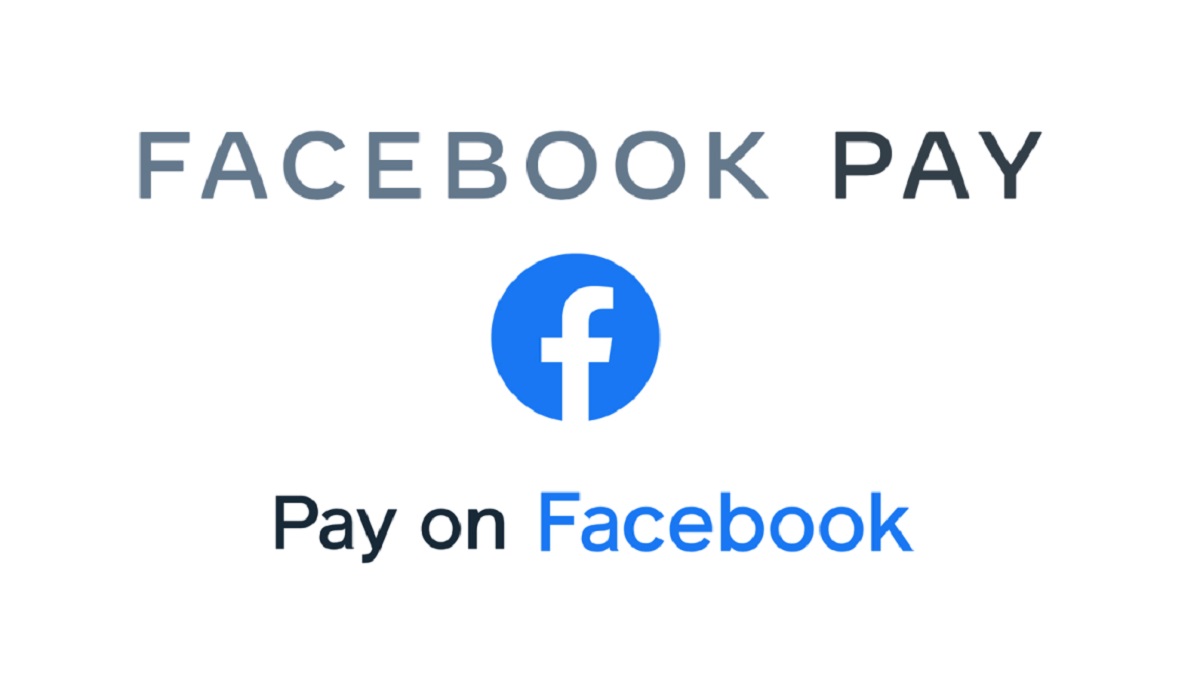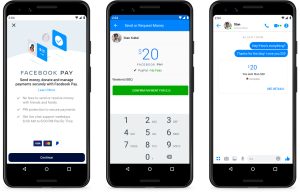Introduction
Welcome to the world of online payments with Facebook Pay! With the increasing popularity of digital transactions, Facebook Pay offers a convenient and secure way to send and receive money within the Facebook ecosystem. To ensure the utmost safety, Facebook Pay requires users to set up a unique PIN, known as the Facebook Pay PIN. In this article, we will explore what exactly a Facebook Pay PIN is, why it is important, and how you can set it up to protect your transactions.
As more people embrace the convenience of making online purchases and sending money digitally, the need for secure payment methods becomes paramount. Facebook Pay provides users with a seamless payment experience across Facebook, Messenger, Instagram, and WhatsApp. Beyond its convenience, Facebook Pay prioritizes user safety by requiring the use of a Facebook Pay PIN.
A Facebook Pay PIN is a personal identification number that serves as an additional layer of security for your financial transactions on Facebook. It is a unique four-digit code that you set up and use to confirm your identity when making payments or accessing your payment settings. The PIN ensures that only authorized individuals can manage your Facebook Pay account and complete transactions.
Having a Facebook Pay PIN is crucial for protecting your financial information and preventing unauthorized access to your payment details. It adds an extra level of security to your transactions, reducing the risk of fraud or unauthorized activity on your account. By setting up a Facebook Pay PIN, you have greater control over your financial transactions within the Facebook ecosystem.
Now that you understand the importance of a Facebook Pay PIN, let’s explore how you can set it up and maximize the security of your Facebook Pay account.
What Is a Facebook Pay PIN?
A Facebook Pay PIN is a unique four-digit personal identification number that serves as an additional layer of security for your financial transactions on Facebook. It is an essential feature of the Facebook Pay system, designed to safeguard your payment information and protect you from unauthorized access or fraudulent activity.
When setting up Facebook Pay, you will be prompted to create a PIN that you will need to enter each time you make a payment or access your payment settings. This PIN ensures that only you can authorize transactions and manage your financial activities within the Facebook ecosystem.
Your Facebook Pay PIN serves as a digital signature, confirming your identity and ensuring the security of your payment details. It is different from your regular Facebook account password and adds an extra layer of protection specifically for your financial transactions.
By utilizing a four-digit PIN, Facebook Pay strikes a balance between security and convenience. It is easy to remember and quick to input, making it seamless for you to confirm your identity when making payments or managing your payment settings.
It is important to note that your Facebook Pay PIN should be kept confidential and not shared with anyone. Treat it as you would your credit card PIN or online banking credentials. Keeping your PIN secret ensures that only you have access to your Facebook Pay account and maintains the security of your financial transactions within the Facebook ecosystem.
Now that you have a better understanding of what a Facebook Pay PIN is, let’s delve into why it is crucial to have one and how you can set it up.
Importance of a Facebook Pay PIN
The importance of a Facebook Pay PIN cannot be overstated when it comes to protecting your financial transactions and ensuring the utmost security within the Facebook ecosystem. Here are some key reasons why having a Facebook Pay PIN is crucial:
- Enhanced Security: The primary role of a Facebook Pay PIN is to provide an additional layer of security for your financial transactions. By requiring the entry of a unique four-digit code, Facebook Pay ensures that only authorized individuals can access your payment information and complete transactions on your behalf.
- Reduced Risk of Unauthorized Access: Without a Facebook Pay PIN, anyone who gains access to your device or Facebook account may be able to make unauthorized payments or access sensitive payment information. With a PIN in place, only individuals who know the code can authorize transactions, significantly reducing the risk of unauthorized access.
- Protection from Fraud: Online fraud is a pervasive threat, and it is crucial to take measures to protect yourself. A Facebook Pay PIN adds an extra layer of security that makes it more challenging for fraudsters to exploit your payment information. By requiring the PIN for each transaction, Facebook Pay mitigates the risk of fraudulent activity on your account.
- Control Over Payment Settings: Setting up a Facebook Pay PIN gives you greater control over your payment settings. You can manage your preferred payment methods, view transaction history, and make changes to your account securely, knowing that only you can authorize these actions with your unique PIN.
- Peace of Mind: With a Facebook Pay PIN in place, you can have peace of mind knowing that your financial transactions within the Facebook ecosystem are protected. Whether you’re making a purchase or sending money to a friend, the additional security provided by the PIN offers reassurance that your payment details are secure.
By understanding the importance of a Facebook Pay PIN, you can take the necessary steps to set one up and ensure the security of your financial transactions within the Facebook ecosystem.
How to Set Up a Facebook Pay PIN
Setting up a Facebook Pay PIN is a straightforward process that ensures the security of your financial transactions within the Facebook ecosystem. Here is a step-by-step guide on how to set up your Facebook Pay PIN:
- Open the Facebook app on your mobile device or visit the Facebook website on your computer.
- Go to the settings menu by clicking on the three horizontal lines in the bottom-right corner of the screen on the mobile app or the down arrow in the top-right corner on the website.
- In the settings menu, look for the “Settings & Privacy” section and click on it.
- Within the “Settings & Privacy” section, click on “Settings.”
- In the “Settings” menu, scroll down and find “Facebook Pay.”
- Click on “Facebook Pay” to access the Facebook Pay settings.
- In the Facebook Pay settings, you will find an option to set up your Facebook Pay PIN. Click on it.
- Follow the prompts to create a unique four-digit PIN. Choose a PIN that is easy for you to remember but difficult for others to guess.
- Confirm your newly created PIN by entering it again when prompted.
- Once your PIN is set up and confirmed, it will be required to authorize payments or access your payment settings in Facebook Pay.
Remember to keep your Facebook Pay PIN confidential and do not share it with anyone. Treat it as you would your credit card PIN or online banking password.
Setting up a Facebook Pay PIN adds an extra layer of security to your financial transactions within the Facebook ecosystem. It ensures that only authorized individuals can access your payment information and complete transactions on your behalf.
Now that you have set up your Facebook Pay PIN, let’s explore some tips for creating a secure PIN to further enhance the security of your transactions.
Tips for Creating a Secure Facebook Pay PIN
Creating a secure Facebook Pay PIN is vital to ensure the utmost safety of your financial transactions within the Facebook ecosystem. Here are some tips to help you create a strong and secure PIN:
- Use a Unique PIN: Avoid using common or easily guessable PINs such as “1234” or your birthdate. Choose a PIN that is unique to you and not easily associated with your personal information.
- Make It Complex: Include a combination of numbers that are not sequential or repetitive. Incorporate a mix of digits to make your PIN more secure.
- Avoid Obvious Patterns: Steer clear of using patterns on the numeric keypad, such as “123” or diagonal lines. These patterns are easy to guess and make your PIN vulnerable to unauthorized access.
- Avoid Personal Information: Do not use personal information, such as your address, phone number, or part of your name, as part of your PIN. This information can be easily associated with you and makes it easier for others to deduce your PIN.
- Change It Regularly: To enhance security, consider changing your Facebook Pay PIN periodically. This practice helps minimize the risk of someone guessing or obtaining your PIN over time.
- Memorize It, Don’t Write It Down: Memorize your PIN rather than writing it down. Keeping a written record of your PIN could lead to unauthorized access if the written information falls into the wrong hands.
- Don’t Share Your PIN: It is essential to keep your Facebook Pay PIN confidential and never share it with anyone. Treat it as you would your credit card PIN or online banking password.
- Monitor Your Account: Regularly review your Facebook Pay transactions and keep an eye out for any suspicious activity. Report any unauthorized transactions to Facebook immediately.
- Enable Two-Factor Authentication (2FA): Consider enabling two-factor authentication for your Facebook account. This provides an additional layer of security by requiring a verification code, in addition to your PIN, when accessing your account.
By following these tips, you can create a strong and secure Facebook Pay PIN that protects your financial transactions and ensures the safety of your payment information within the Facebook ecosystem.
Now that you know how to create a secure PIN, let’s explore how you can manage your Facebook Pay PIN and address any common issues that may arise.
Managing Your Facebook Pay PIN
Once you have set up your Facebook Pay PIN, it’s important to understand how to manage and maintain its security. Here are some tips for managing your Facebook Pay PIN:
- Memorize Your PIN: Ensure that you memorize your Facebook Pay PIN and avoid sharing it with anyone. This reduces the risk of unauthorized access to your payment information.
- Update Your PIN Regularly: Consider updating your Facebook Pay PIN periodically to enhance security. Changing your PIN regularly makes it more challenging for anyone who may have obtained your PIN to continue accessing your account.
- Keep It Confidential: Do not share your Facebook Pay PIN with anyone, including friends or family. Treat it as private information, similar to your credit card PIN or online banking password.
- Review Your Transactions: Regularly review your Facebook Pay transaction history to ensure that all payments are legitimate and authorized. If you notice any suspicious transactions, report them to Facebook immediately.
- Report Lost or Stolen Devices: If you lose your mobile device or suspect it has been stolen, report it to your mobile service provider and change your Facebook Pay PIN as a precautionary measure. This helps prevent unauthorized access to your account on the lost or stolen device.
- Enable Biometric Authentication: To add an extra layer of security, consider enabling biometric authentication, such as fingerprint or facial recognition, if your device supports it. This provides an additional level of protection when accessing your Facebook Pay account.
- Stay Informed: Stay updated on the latest security measures and best practices for keeping your Facebook Pay account secure. Facebook regularly communicates important security updates, so make sure to stay informed through their official channels.
- Contact Support for Assistance: If you encounter any issues with your Facebook Pay PIN or need assistance managing your account, reach out to Facebook Pay support for guidance and assistance.
By following these guidelines and taking proactive steps to manage your Facebook Pay PIN, you can ensure the security of your financial transactions and protect your payment information within the Facebook ecosystem.
In the next section, we will address some common issues that users may encounter with their Facebook Pay PIN and provide troubleshooting solutions.
Common Issues with Facebook Pay PIN and Troubleshooting
While setting up and managing your Facebook Pay PIN, you may encounter some common issues. Here are a few of them and troubleshooting steps to resolve them:
- Forgot Your PIN: If you forget your Facebook Pay PIN, don’t worry. You can reset it by following these steps:
- Go to the Facebook Pay section in your Facebook account settings.
- Click on the “Forgot PIN” or “Reset PIN” option.
- Follow the on-screen prompts to reset your PIN through a verification process, such as providing additional account details or verifying your identity.
- Create a new PIN and confirm it.
- Unable to Set Up a PIN: If you are having trouble setting up a Facebook Pay PIN, try the following:
- Ensure you are using an updated version of the Facebook app or accessing Facebook on a supported browser.
- Check your internet connection and try again.
- If the issue persists, reach out to Facebook Pay support for further assistance.
- PIN Not Working: If your Facebook Pay PIN is not working, try the following troubleshooting steps:
- Double-check that you are entering the correct PIN. Ensure there are no typos or errors.
- Make sure the CAPS LOCK or NUM LOCK keys are not accidentally engaged on your keyboard, which may affect the input of your PIN.
- If you have recently changed your PIN, allow a few minutes for the changes to take effect and try entering the new PIN again.
- If the issue persists, log out of your Facebook account, close the app or browser, and then log back in to see if that resolves the issue. If not, contact Facebook Pay support for further assistance.
- Security Concerns: If you suspect that your Facebook Pay PIN has been compromised or someone else knows it, take the following steps immediately:
- Change your Facebook Pay PIN as soon as possible.
- Review your recent transactions and report any unauthorized activity to Facebook.
- Enable additional security measures, such as two-factor authentication, to further protect your Facebook account.
- Contact Facebook Pay support for assistance in securing your account and recovering any lost funds.
If you encounter any other issues or have specific questions related to your Facebook Pay PIN, don’t hesitate to reach out to Facebook Pay support for tailored assistance and guidance.
Now that we have explored common issues and troubleshooting steps, let’s conclude this article with a recap of the importance of a Facebook Pay PIN and the need to maintain its security.
Conclusion
In the world of online payments, security is paramount, and the Facebook Pay PIN provides an essential layer of protection for your financial transactions within the Facebook ecosystem. By setting up a unique four-digit PIN, you enhance the security of your payment information and reduce the risk of unauthorized access or fraudulent activity.
In this article, we explored what a Facebook Pay PIN is and why it is important. We learned how to set up a Facebook Pay PIN and discussed tips for creating a secure PIN to maximize its effectiveness. Additionally, we covered the importance of managing and maintaining the security of your Facebook Pay PIN, as well as troubleshooting common issues that you may encounter along the way.
Remember to keep your Facebook Pay PIN confidential, change it regularly, and review your transactions for any suspicious activity. By following these guidelines and staying informed of best practices, you can ensure the utmost security for your financial transactions within the Facebook ecosystem.
If you experience any issues or have specific questions regarding your Facebook Pay PIN, don’t hesitate to reach out to Facebook Pay support for personalized assistance and guidance.
Enjoy the convenience and peace of mind that comes with using Facebook Pay, knowing that your transactions are protected by your unique and secure Facebook Pay PIN.







